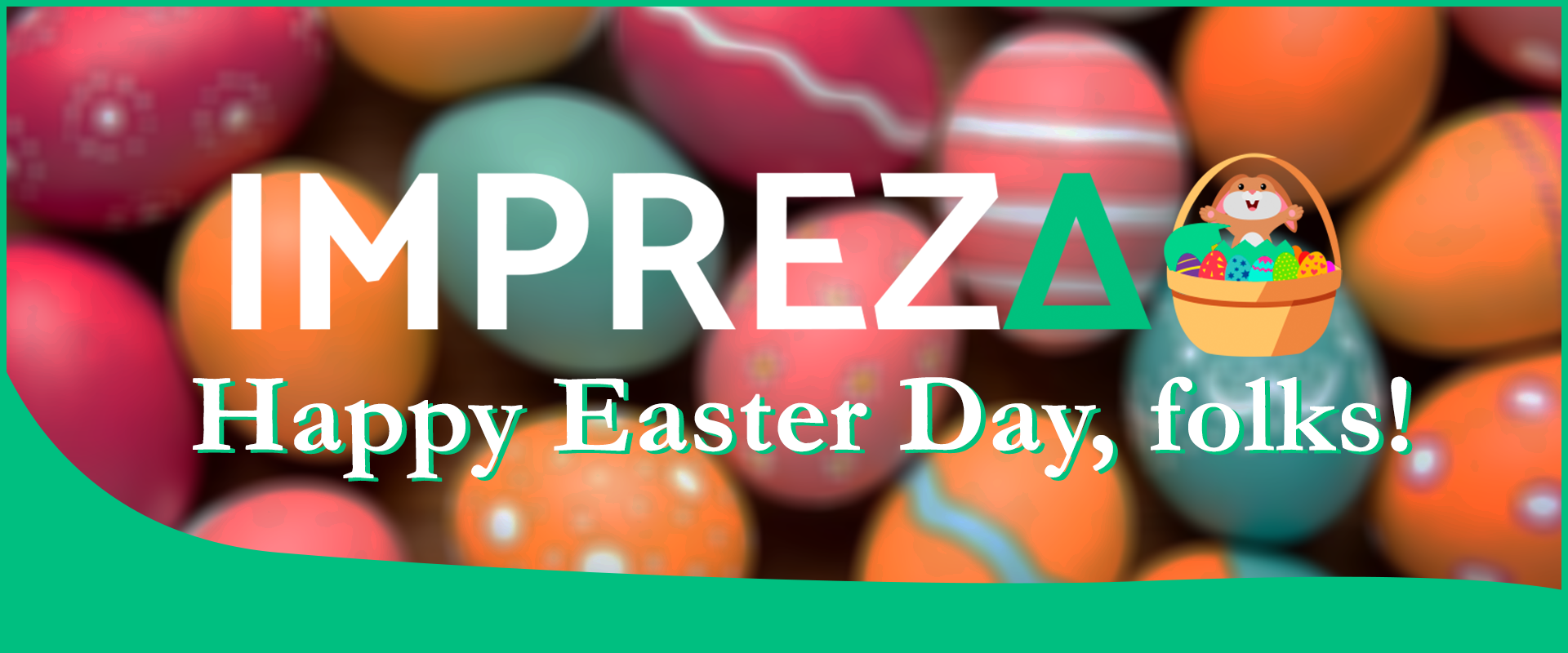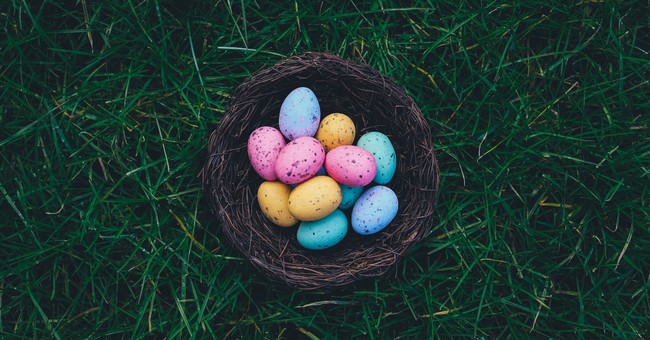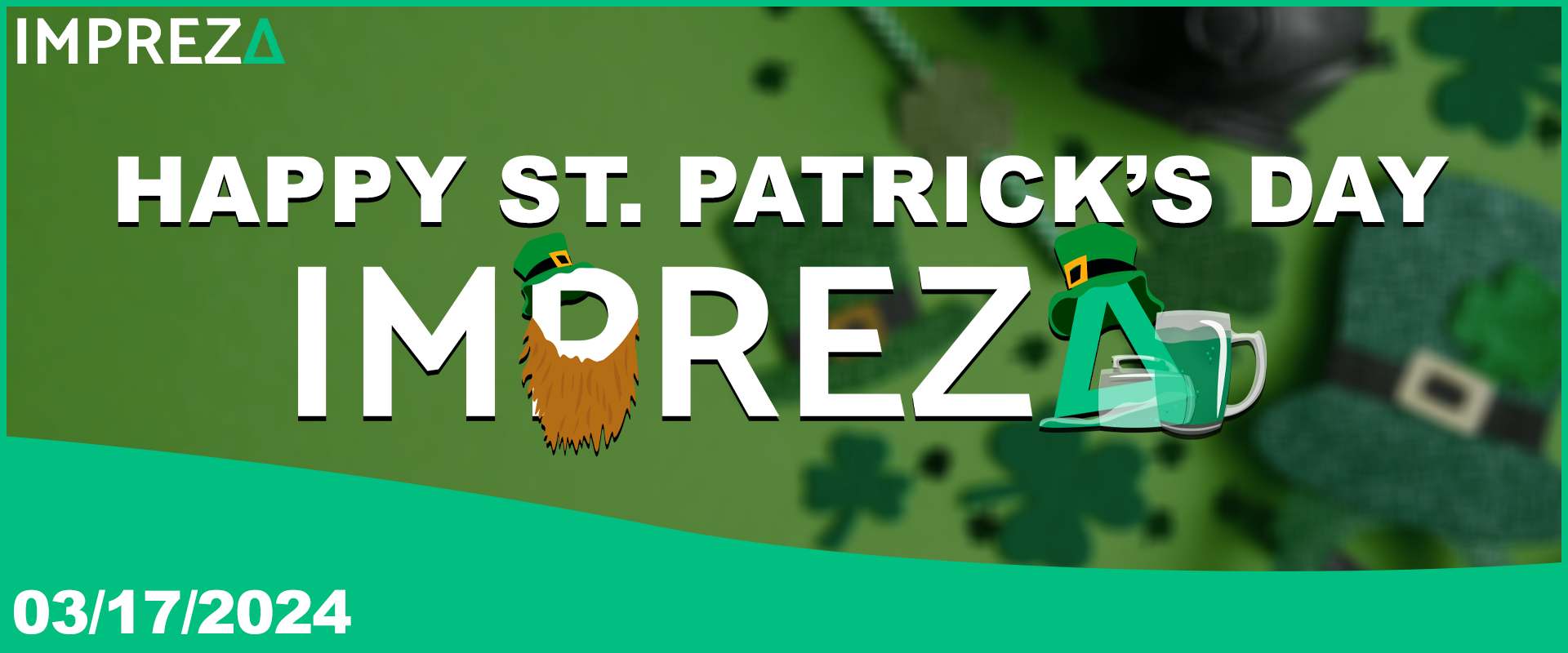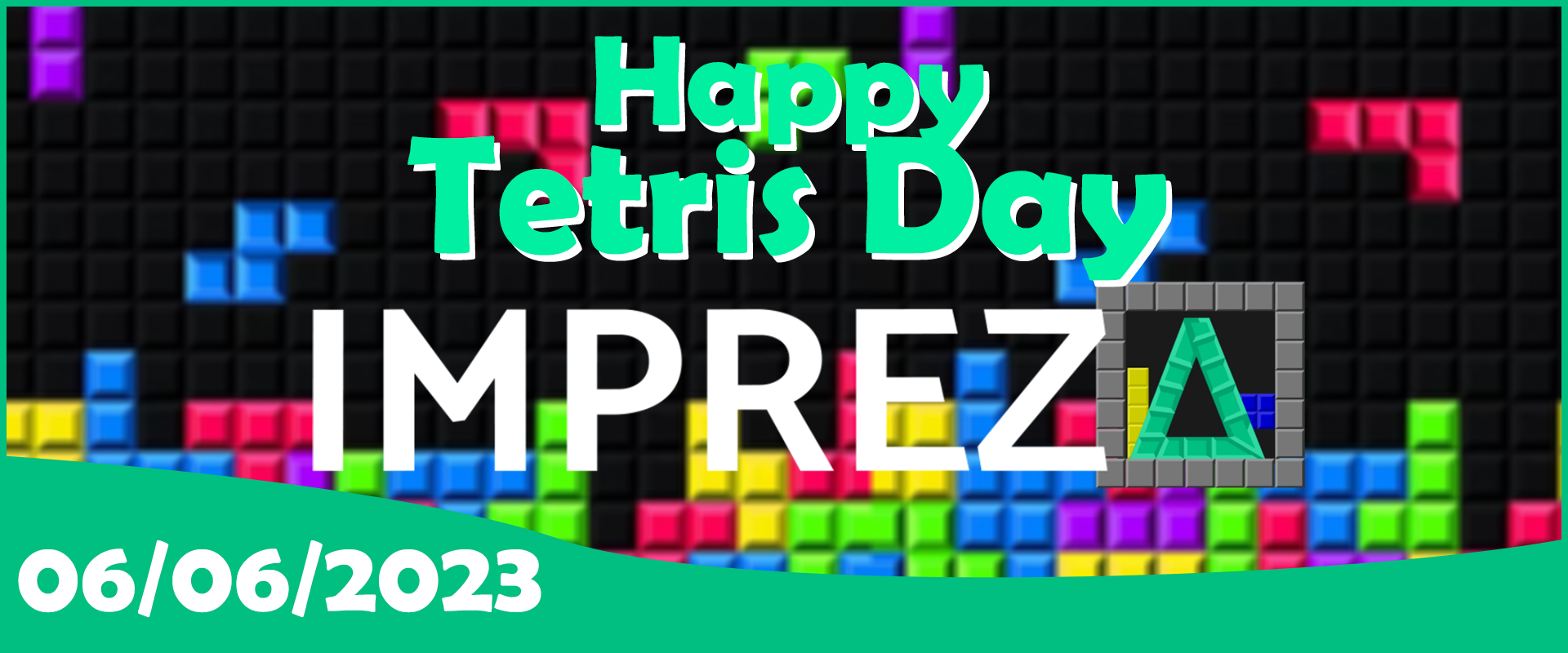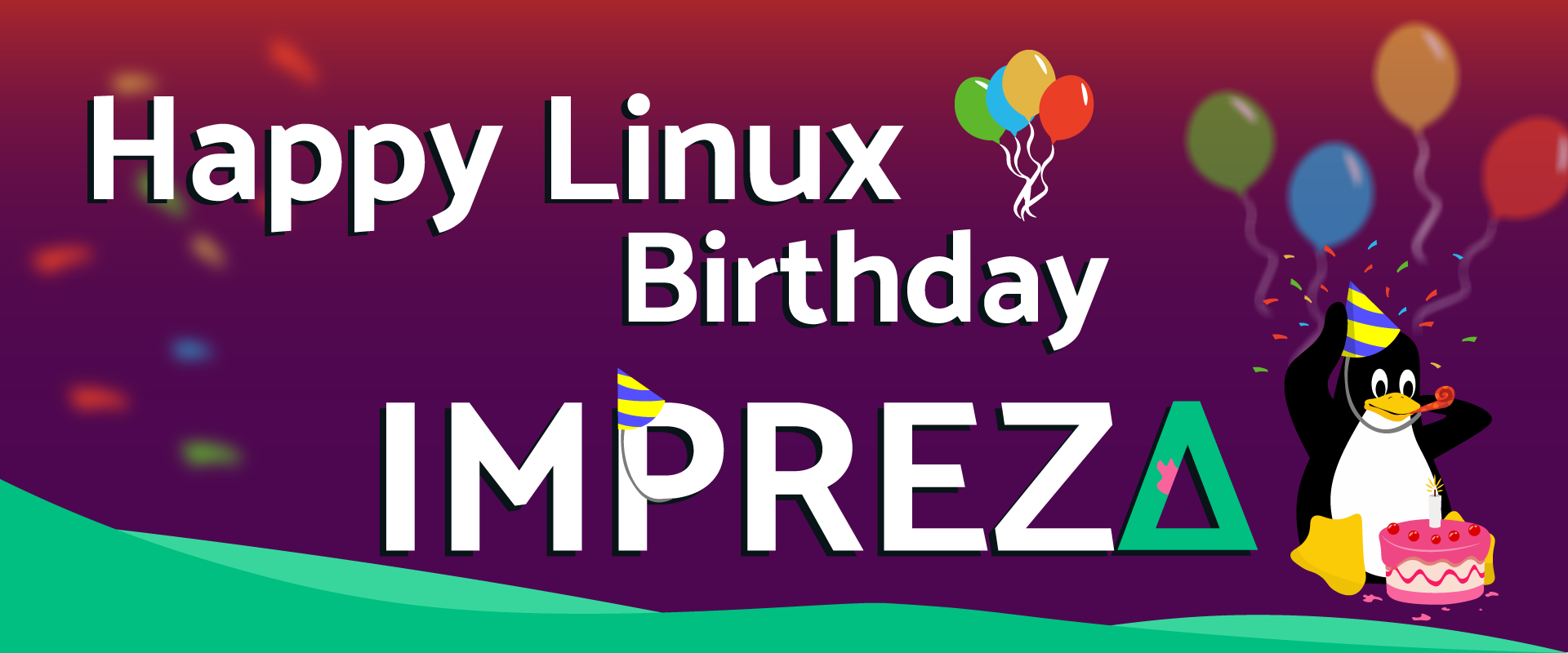Origin and History of the Easter Bunny
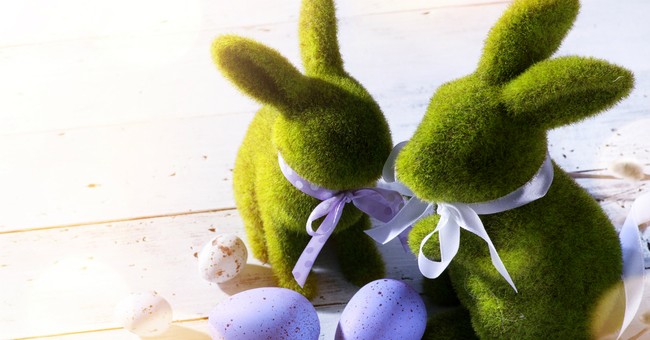
What is the first thing that comes to mind when you think of Easter? As a Christian, the first image might be the cross or the empty tomb. For the general public, a blitz of media images and merchandise on store shelves makes it more likely that the Easter Bunny comes to mind. So how did a rabbit distributing eggs become a part of Easter?
There are several reasons for the rabbit, or hare, to be associated with Easter, all of which come through pagan celebrations or beliefs. The most obvious is the hare’s fertility. Easter comes during spring and celebrates new life. The Christian meaning of new life through Christ and a general emphasis on new life are different, but the two gradually merged. Any animals – like the hare – that produced many offspring were easy to include.
The hare is also an ancient symbol for the moon. The date of Easter depends on the moon. This may have helped the hare to be absorbed into Easter celebrations.
The hare or rabbit’s burrow helped the animal’s adoption as part of Easter celebrations. Believers saw the rabbit coming out of its underground home as a symbol for Jesus coming out of the tomb. Perhaps this was another case of taking a pre-existing symbol and giving it a Christian meaning.
The Easter hare came to America with German immigrants, and the hare’s role passed to the common American rabbit. Originally children made nests for the rabbit in hats, bonnets, or fancy paper boxes, rather than the baskets of today. Once the children finished their nests, they put them in a secluded spot to keep from frightening the shy rabbit. The appealing nests full of colored eggs probably helped the customs to spread.
Back in Southern Germany, the first pastry and candy Easter bunnies became popular at the beginning of the nineteenth century. This custom also crossed the Atlantic, and children still eat candy rabbits – particularly chocolate ones – at Easter.
Origin and History of Easter Eggs
Photo Credit: Unsplash/Annie Spratt
Next to the Easter bunny, the most familiar symbol is the Easter egg. Like others, the egg has a long pre-Christian history. Again there’s no certainty as to why it became associated with Easter.
Many Ancient cultures viewed eggs as a symbol of life. Hindus, Egyptians, Persians, and Phoenicians believed the world begun with an enormous egg. The Persians, Greeks, and Chinese gave gifts of eggs during spring festivals in celebration of new life all around them. Other sources say people ate dyed eggs at spring festivals in Egypt, Persia, Greece, and Rome. In ancient Druid lore, the eggs of serpents were sacred and stood for life.
Early Christians looked at the connection eggs had to life and decided eggs could be a part of their celebration of Christ’s resurrection. In addition, in some areas, eggs were forbidden during Lent; therefore, they were a delicacy at Easter. Since many of the earlier customs were Eastern in origin, some speculate that early missionaries or knights of the Crusade may have been responsible for bringing the tradition to the West.
In the fourth century, people presented eggs in church to be blessed and sprinkled with holy water. By the twelfth century, the Benedictio Ovorum had been introduced authorizing the special use of eggs on the holy days of Easter. The timing of this blessing would uphold the idea that Crusaders may have brought the tradition back. Even though eggs had been used previously, the Crusaders may have made the custom more popular and widespread.
In 1290, Edward I of England recorded a purchase of 450 eggs to be colored or covered with gold leaf. He then gave the eggs to members of the royal household.
Once the custom became accepted, new traditions began to grow up around it. Eggs were dyed red for joy and in memory of Christ’s blood. Egg rolling contests came to America from England, possibly as a reminder of the stone being rolled away.
What about the familiar Easter Egg hunt? One source suggested that it grew out of the tradition of German children searching for hidden pretzels during the Easter season. Since children were hiding nests for the Easter Bunny to fill with eggs at the same time they were hunting pretzels, it was only a small leap to begin hiding eggs instead.
Read more at: Crosswalk











